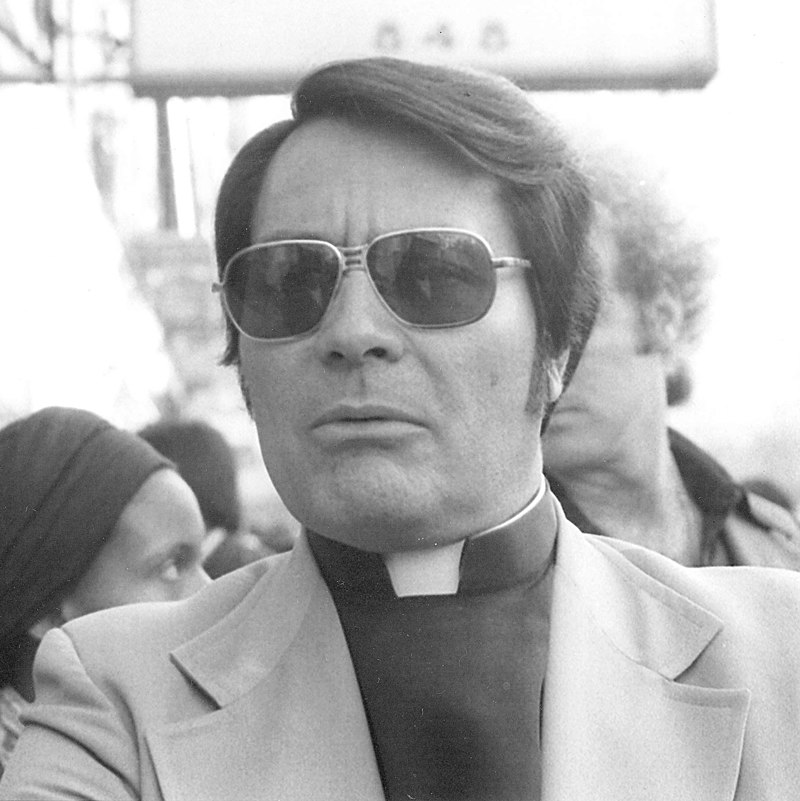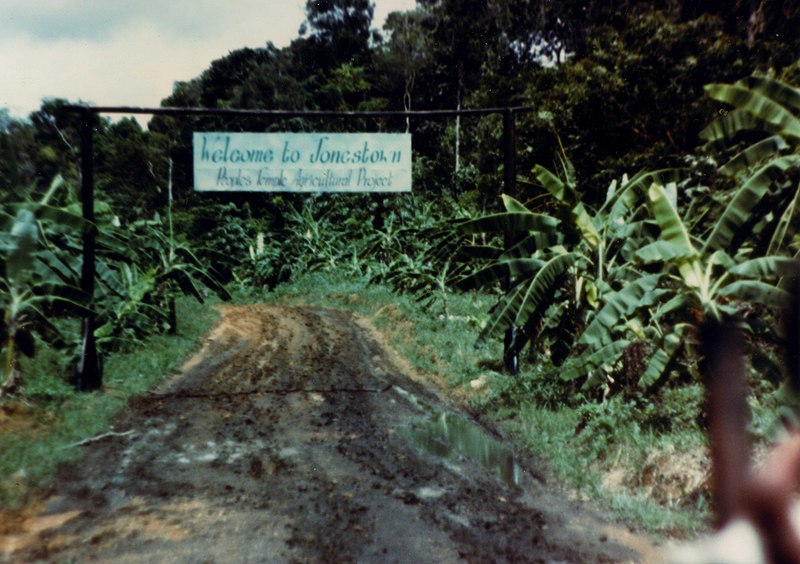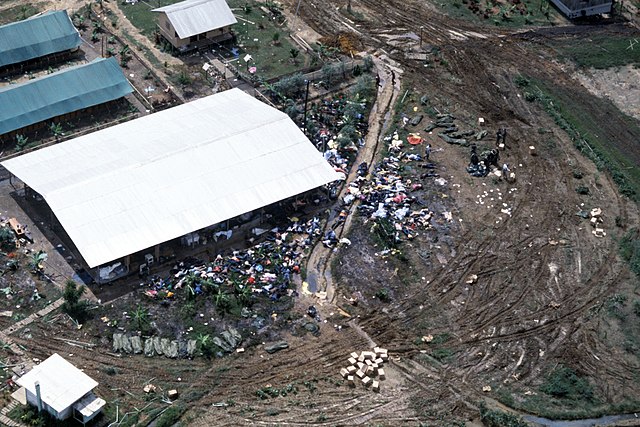Introduction
The Jonestown Massacre is an incident that occurred in Guyana, South America, on November 18, 1978. It was the result of a cult led by Jim Jones, a charismatic leader who had a significant following of people who believed in him blindly. Jones had created a cult that was based on socialism, communism, and Christianity. He had a vision of creating a utopia where everyone was equal and lived in harmony. However, his vision turned into a nightmare when he convinced his followers to commit mass suicide.
The Rise of Jim Jones

Jim Jones was born in Indiana in 1931. He grew up in poverty and experienced discrimination firsthand. He was deeply influenced by the social and political movements of his time, including communism and civil rights. Jones became a pastor in the 1950s and quickly gained a reputation as a charismatic speaker who could attract large crowds. He preached about equality, justice, and the need for a socialist society.
The Formation of Jonestown

In the 1960s, Jim Jones formed a church called the Peoples Temple. He claimed to be a prophet and had a large following of people who believed in him. Jones was a master of manipulation and used his charisma and charm to gain the trust of his followers. He convinced them to donate their money and property to the church, which he used to fund his vision of creating a utopia.
The Move to Guyana
In the early 1970s, Jim Jones and his followers moved to Guyana, South America, to establish a community called Jonestown. The move was prompted by Jones’s fear of a nuclear war that he believed was imminent. Jones saw Guyana as a safe haven for his followers, where they could build a socialist utopia away from the dangers of the outside world.
Life in Jonestown
Life in Jonestown was not what Jim Jones’s followers had expected. They were subjected to long hours of hard labor, minimal food, and living conditions that were far from ideal. Jones used fear tactics and brainwashing techniques to control his followers. He convinced them that the outside world was evil and that Jonestown was their only hope for salvation.
The Jonestown Massacre
On November 18, 1978, Congressman Ryan and his group arrived at the Port Kaituma airstrip near Jonestown. They were met by a group of Jones’s armed guards who opened fire on them, killing five people, including Congressman Ryan. The surviving members of the group fled into the jungle, while Jones’s followers began preparing for their mass suicide.
Jim Jones had convinced his followers that the outside world was their enemy and that they needed to die to avoid persecution. He also convinced them that suicide was a noble act that would bring them to a better world. Jones ordered his followers to drink a grape-flavored drink that was laced with cyanide. More than 900 people, including men, women, and children, drank the poison and died in a matter of minutes.
The Jonestown Massacre is considered the largest single loss of American civilian life in a deliberate act until the September 11 attacks in 2001. The event shocked the world and raised questions about the dangers of cults and the power of charismatic leaders.
Aftermath
The aftermath of the Jonestown Massacre was devastating. The bodies of the victims lay scattered around Jonestown, while the survivors struggled to come to terms with what had happened. The Guyanese government was overwhelmed by the scale of the tragedy and struggled to cope with the aftermath.
The United States government launched an investigation into the incident, which led to the discovery of a vast amount of evidence of abuse and mistreatment in Jonestown. The investigation also uncovered evidence of financial fraud and other illegal activities carried out by Jim Jones and the Peoples Temple.
The Impact of the Jonestown Massacre on Society
The Jonestown Massacre had a profound impact on society. It raised awareness about the dangers of cults and the power of charismatic leaders. It also highlighted the need for greater regulation of religious organizations and the importance of protecting vulnerable people from exploitation.
The event has been the subject of numerous books, documentaries, and movies. It has also been studied by psychologists and sociologists as an example of groupthink and the dangers of blind obedience to authority.
Lessons Learned
The Jonestown Massacre was a tragedy that could have been prevented. It highlighted the need for greater awareness of the dangers of cults and the importance of protecting vulnerable people from exploitation. Some of the lessons learned from the Jonestown Massacre include:
- The need for greater regulation of religious organizations and the importance of ensuring that they operate within the law.
- The dangers of charismatic leaders and the importance of questioning authority.
- The importance of protecting vulnerable people from exploitation and abuse.
- The need for greater awareness of the dangers of cults and the importance of educating people about their tactics and techniques.
Conclusion
The Jonestown Massacre is a tragic event that shook the world to its core. It is a reminder of the dangers of blind obedience to authority and the power of charismatic leaders. The event has left a lasting impact on society and serves as a warning of the dangers of cults and the importance of protecting vulnerable people from exploitation.


